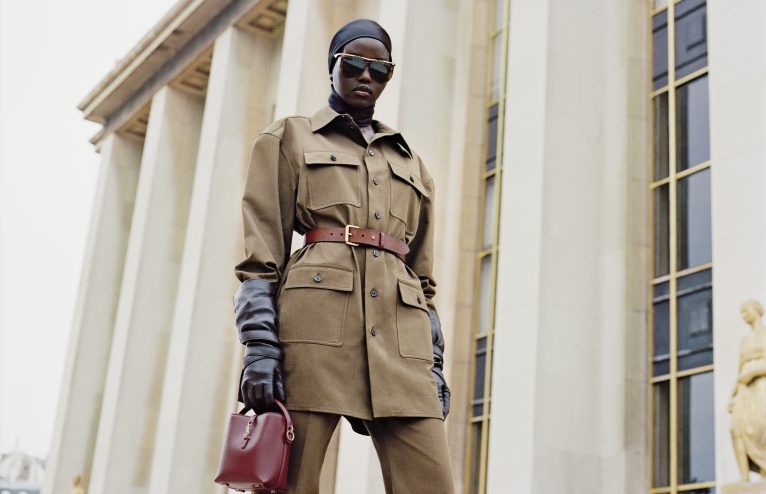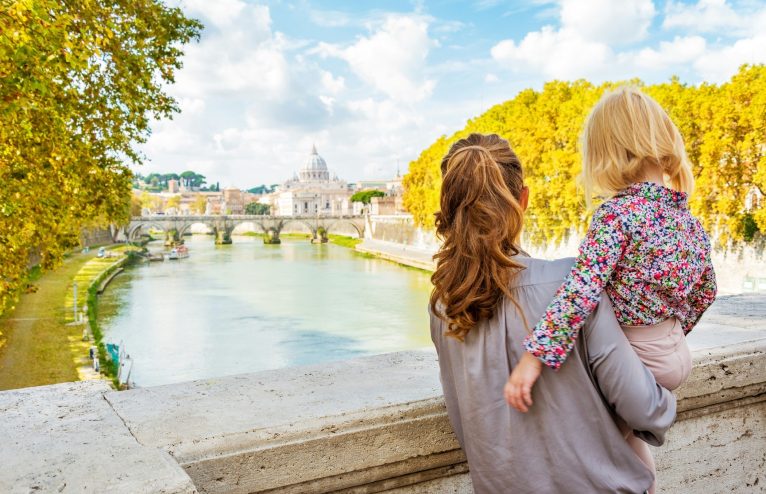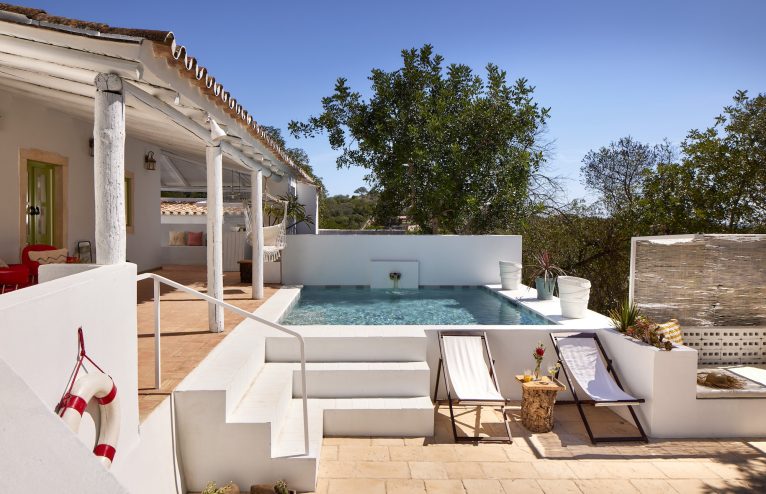Some cities are achingly beautiful. They’re the cities whose architecture is so magnificent, we gape in awe. The cities whose landmarks are steeped in so much history we feel star struck. They’re the cities we never want to leave.
Baroque architecture is often synonymous with beautiful landmarks and romantic cities. If you’ve ever set eyes on the grandeur of the Palace of Versailles, been towered over by the colonnades in St. Peter’s Square or marvelled at the great dome of St. Paul’s Cathedral, you’ve already had a taste of Baroque’s dramatic style. Born in Italy in the mid-16th century, the style gradually spread across Europe and into Latin America. Built to leave viewers in awe, Baroque architecture is widely seen as a more theatrical version of the Renaissance style.
Want to be romanced by a city transporting you to another era? These are the best cities for Baroque architecture.
Like many stylish trends, Baroque originated in Rome, Italy. For the earliest example of the style head to the church of the Gesù which has “the first truly baroque façade”.
The church of Santa Susanna on the Quirinal Hill is also steeped in history – there’s evidence that a church has been on the site since A.D. 280. Italian architect Carlo Maderno designed the church and is seen as one of the fathers of Baroque architecture alongside Gian Lorenzo Bernini and Francesco Borromini.
For the most famous Baroque architecture in the area head to the Vatican City for St. Peter’s Basilica and St. Peter’s Square, both are stunning and well worth a visit. Head to the Trevi Fountain for an example of the late-Baroque style (often referred to as Rococo).
In Southern Italy you’ll find the Baroque City of Lecce in Puglia. Designed in the 17th-century, the city is often called the “Florence of the South” thanks to its remarkable architecture. Must-see landmarks include Basilica di Santa Croce (not to be mistaken with the Basilica of the same name in Florence) and Duomo di Lecce.
Relatively small in size, Lecce can be explored in a day or two. To make the most of your time in Puglia – the regions whitewashed houses, beaches and great food are worth sticking around for – stay further up the coast at Rocco Forte owned, Masseria Torre Maizza who offer a full day excursion to Lecce.
Perhaps the most romantic city in the world, Paris is an architectural dream. The Baroque style arrived in the city in 1610 and the Church of St Gervais et St Protais in Marais, is the first example of a French Baroque façade in the city.
The style flourished under King Louis XIV who built his Palace of Versailles in the Baroque style. The opulent palace is a short train ride from Paris but is not to be missed (make time for the Hall of Mirrors).
The collection of buildings in the Les Invalids area (7th arrondissement) are another excellent example of French Baroque. The dome (which is inspired by St. Peter’s Basilica in Rome), is gilded in gold and one of France’s most well-known landmarks. Napoleon is also buried at Les Invalids.
The acclaimed English architect Christopher Wren can be thanked for helping to bring the style to the capital – it’s said he was inspired following a visit to Paris where he set eyes on French Baroque.
The iconic St. Pauls Cathedral is Wren’s most impressive piece of work. The cathedral’s dome (all 65,000 tons of it) has shaped the London skyline for nearly 300 years. For panoramic views of the city, scramble up the 528 steps inside the dome to the Golden Gallery.
Head South-East to Greenwich where you’ll find Wren’s other Baroque gem – The Royal Navy College. It’s the centrepiece of Maritime Greenwich (a World Heritage Site), and the perfect place for a romantic stroll.
Although the Baroque style started in Europe, it was introduced to South America in the 17th-century. The colonial Baroque style is often called Churrigueresque and can be found across the continent in Peru, Brazil, Bolivia, and Mexico.
Mexico City has one of the most impressive examples in the region – the Metropolitan Cathedral. The cathedral took 250 years to complete and has elements of gothic and neoclassical styles as well as Baroque. Adjoining the cathedral is the 18th-century Churrigueresque church, Sagrario Metropolitano, which has an extraordinarily detailed exterior façade.

























Any Questions or Tips to add?